On the afternoon of March 16, within the framework of the National Press Forum 2024, a discussion session took place with the theme: "Dynamic broadcasting in the digital environment".
Broadcasting is forced to change
In his opening speech, journalist Pham Manh Hung, Deputy General Director of VOV, assessed that currently, most leaders of local radio and television stations are favoring television, not paying adequate attention to radio, and not understanding the power of sound.
Journalist Pham Manh Hung said that according to a 2019 survey, the global podcast audience was 275 million people, and by 2022 this number had doubled. That is a huge opportunity for radio broadcasters.
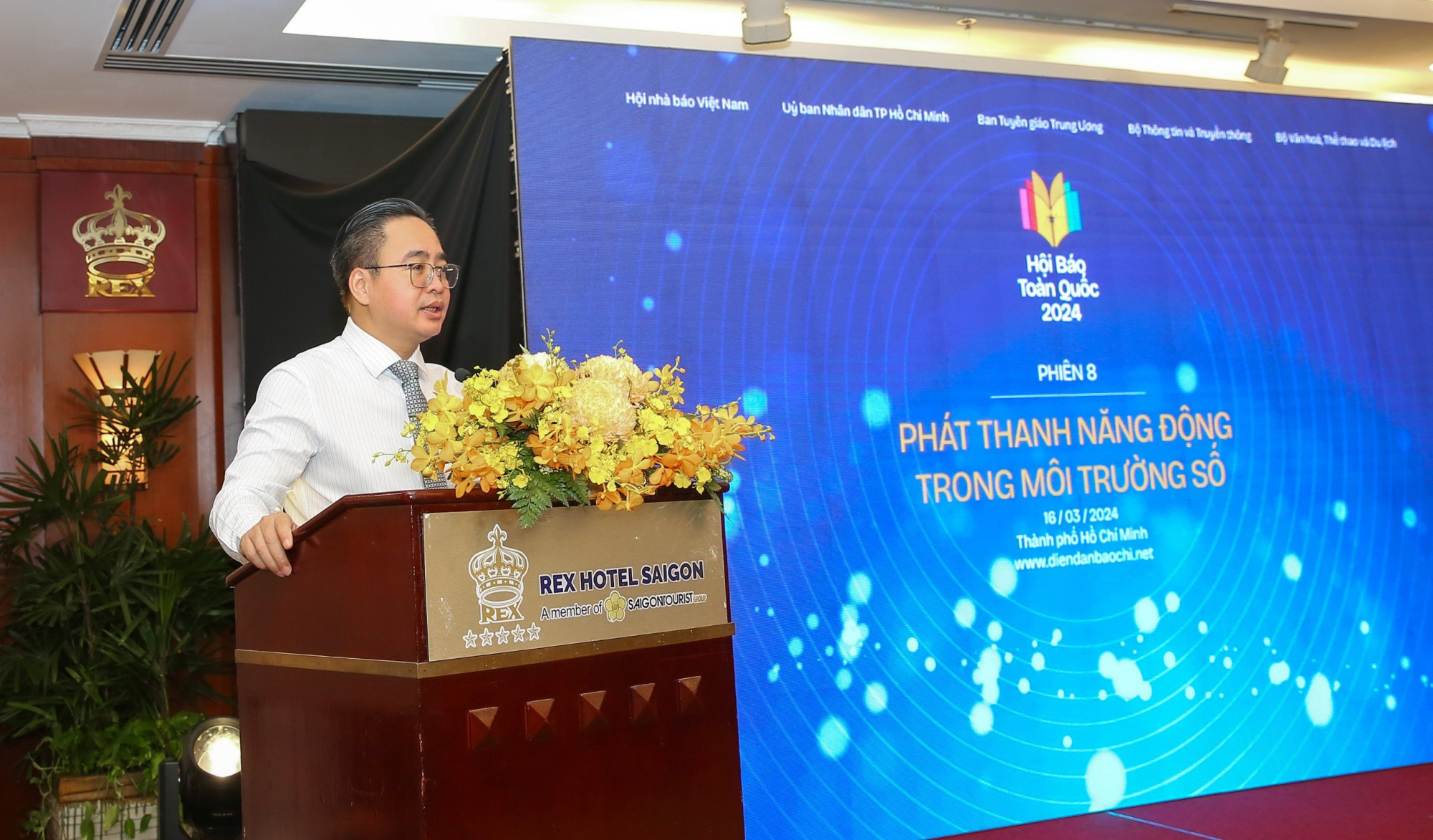
Mr. Pham Manh Hung - Deputy General Director of VOV spoke at the discussion session with the topic: "Dynamic broadcasting in the digital environment"
"Radio is not only produced and packaged on traditional platforms but also needs to be distributed more widely in the digital environment - considering this as the second living environment of radio. Currently, the press has no king, no type of media can dominate the public - that is an opportunity for radio to change and develop" , journalist Pham Manh Hung emphasized.
According to the Deputy General Director of VOV, the problem is that Vietnamese radio and television stations need to clearly recognize the difficulties, challenges as well as development opportunities in the digital age, so that they can accept to engage in the enormous changes that are taking place every day, every hour in the rapidly developing digital age, and have appropriate investment and development strategies.
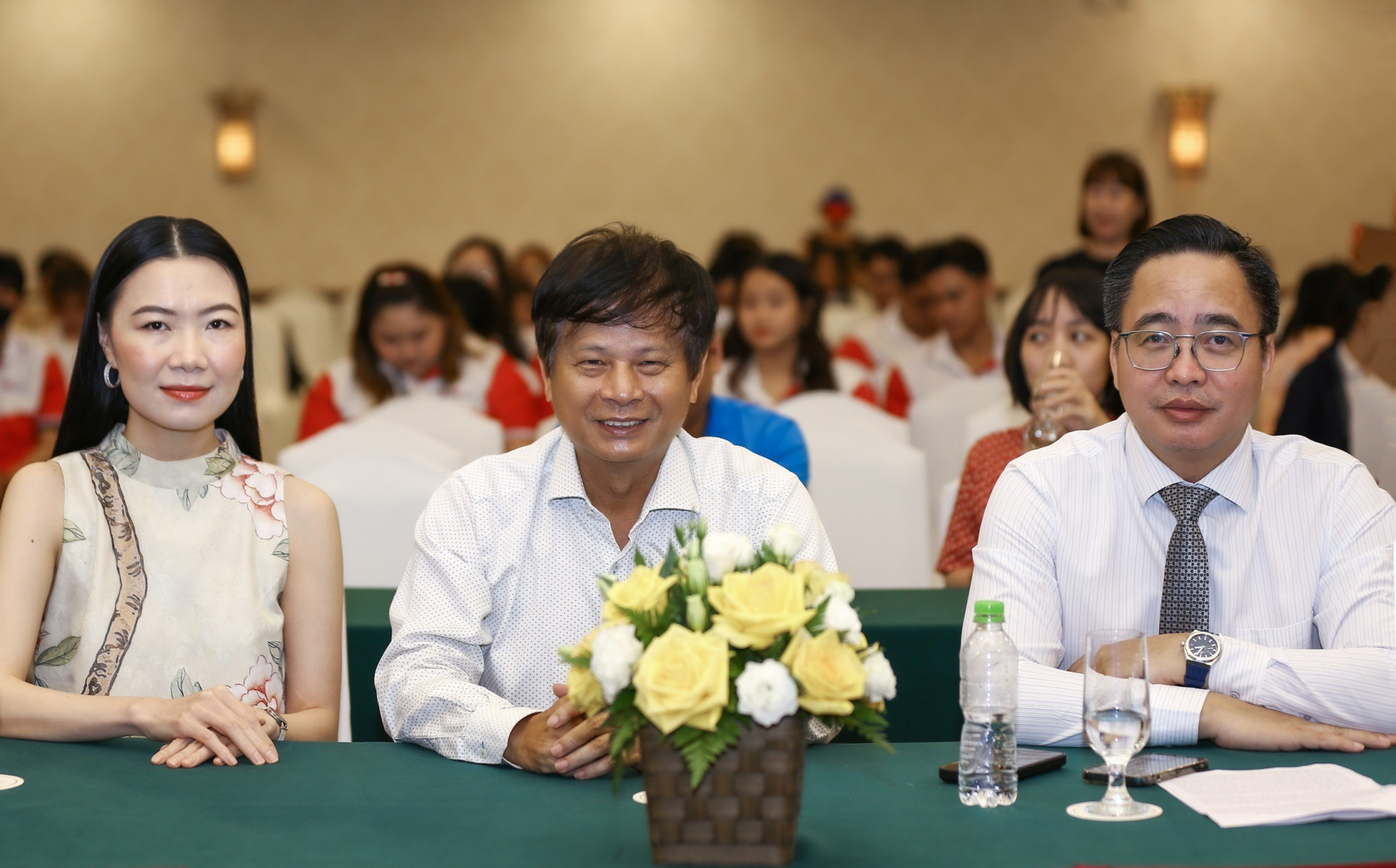
Delegates at the discussion session.
"If journalists and press managers invest in the right direction for radio and promote digital transformation, radio will have the opportunity to continue to develop and become one of the types of journalism that is friendly, useful and close to the public," said journalist Pham Manh Hung.
In his opening speech, Dr. Dong Manh Hung - Head of VOV Editorial Secretariat said that along with difficulties, the digital era also opens up opportunities for radio. Taking advantage of digital platforms to bring information to the public is the biggest opportunity, with only very low cost but can reach a huge audience, compared to the very high cost of transmitting and broadcasting content using traditional methods.
Along with appearing on the digital platform, with the advantage of data, experience, and content, radio and television stations can easily and quickly attract a new audience. When the digital platform is closely linked to the digital audience, when there is the ability to directly and unlimitedly reach millions of audiences, which are also millions of potential customers, the story of revenue from press content is obvious. The problem of press economics will be quickly solved.
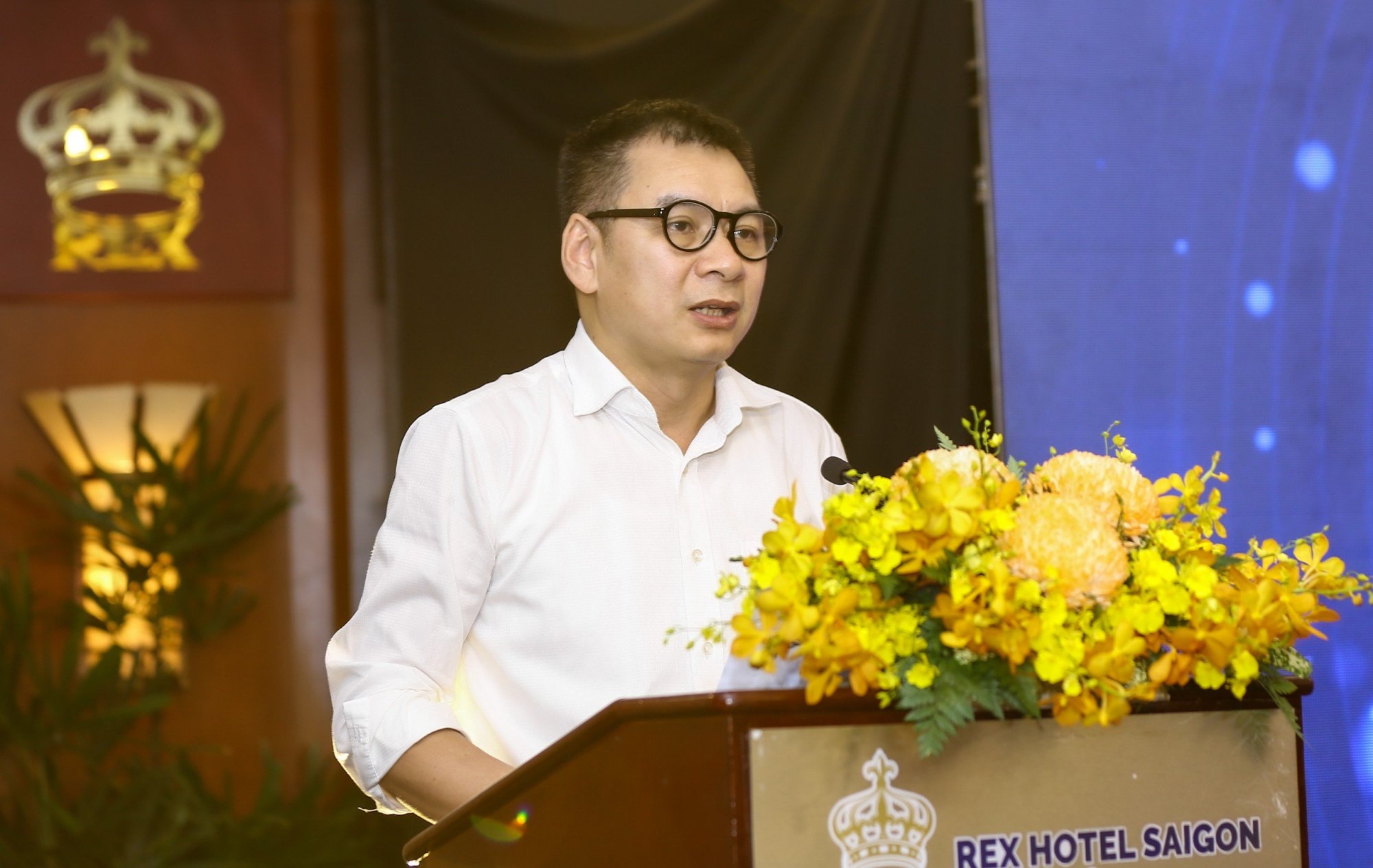
Dr. Dong Manh Hung believes that radio needs to develop based on three main pillars: Digital content, Digital transmission, and Digital interaction.
According to Dr. Dong Manh Hung, in order for Vietnamese radio to overcome difficulties and challenges in the digital age and successfully carry out digital transformation, it is necessary to develop a development strategy to adapt to the digital age, based on three main pillars: Digital content; Digital transmission; Digital interaction.
Radio in the digital age - changing production methods, changing professional thinking
Discussing the story of radio journalists facing the requirement of digital transformation, MSc. Phan Van Tu - Head of the Department of Journalism - Faculty of Information Technology, University of Social Sciences and Humanities, Ho Chi Minh City, said that radio broadcasting in the digital age is not only a change in transmission infrastructure or broadcasting platforms but also a change in production methods and a change in professional thinking. Radio journalists in the digital age, therefore, need to pay more attention to specific professional skills in response to new requirements.
Traditional radio broadcasters often focus on presentation skills, audio storytelling skills, and little visual thinking. When radio works are released on digital platforms, multimedia elements such as still images, graphics, titles, narrations, videos , etc. or viral information techniques on the internet play a very important role in helping the work expand its reach to the public and increase interaction with listeners.
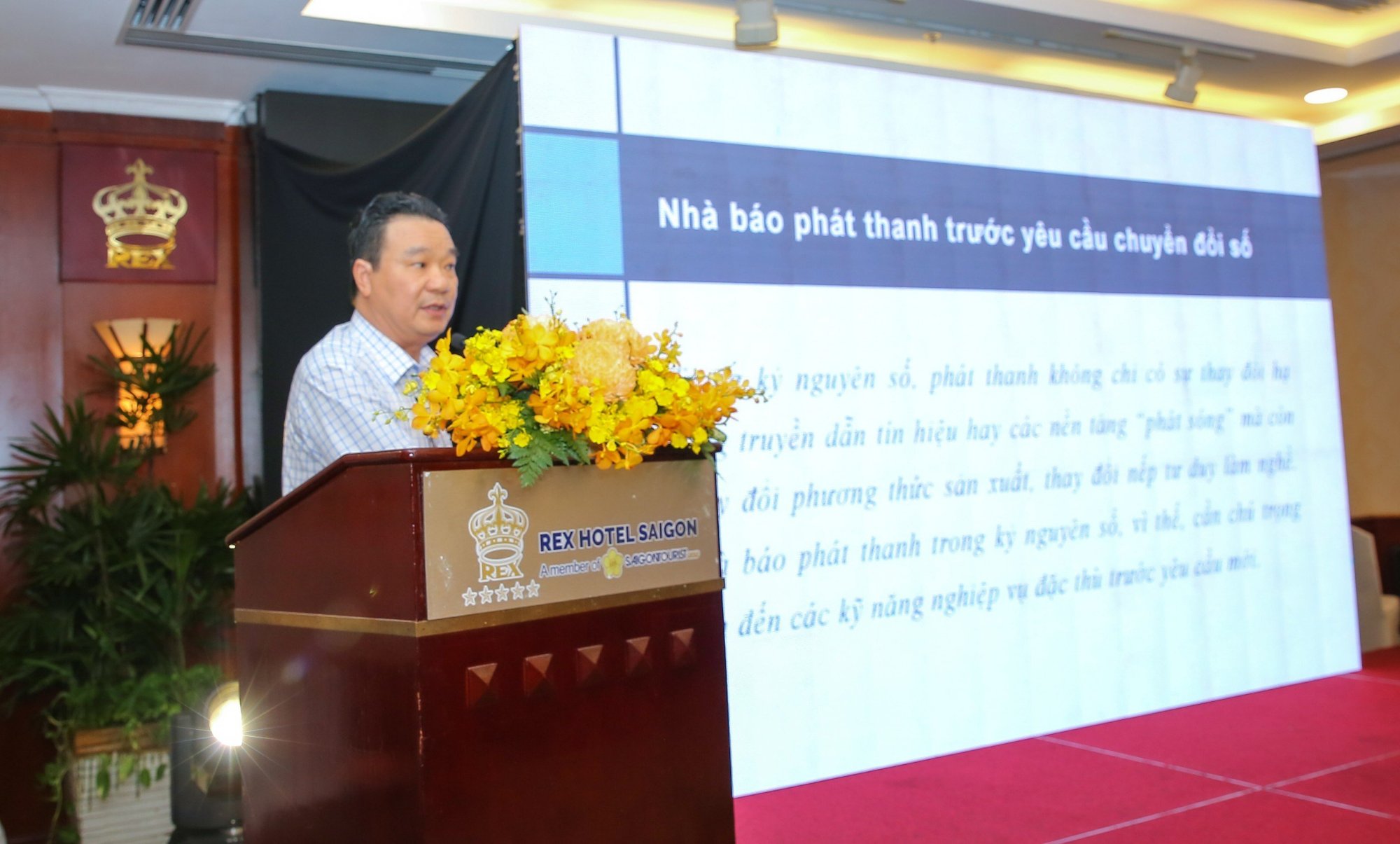
MSc. Phan Van Tu shares skills for radio journalists.
"Radio journalists now not only have a tape recorder as their main production tool but also multimedia equipment. Multimedia capabilities include the ability to create, edit, and publish content across a variety of media formats and channels, from audio, text, images, to video and interactive content. Currently, there are many platforms that support radio product formats that have shifted from podcasts to vodcasts," said Master Phan Van Tu.
MSc. Phan Van Tu said that multimedia content attracts attention and encourages listeners to participate in interaction, thereby strengthening the relationship between journalists and audiences. When we produce an elaborate, attractive radio report but the title is not attractive, the representative image of the article is not attractive, we unintentionally "chase away" our listeners, they will not click to listen to, play the content, they will skip that work because they have too many choices in today's cyberspace.
Good headline writing skills also contribute to optimizing content for SEO. In other words, attractive headlines and high-quality leads help optimize content for search engines, thereby increasing views and spreading information. Radio journalists need to use data and analytics to better understand listener behavior and preferences, thereby shaping content accordingly and increasing appeal.
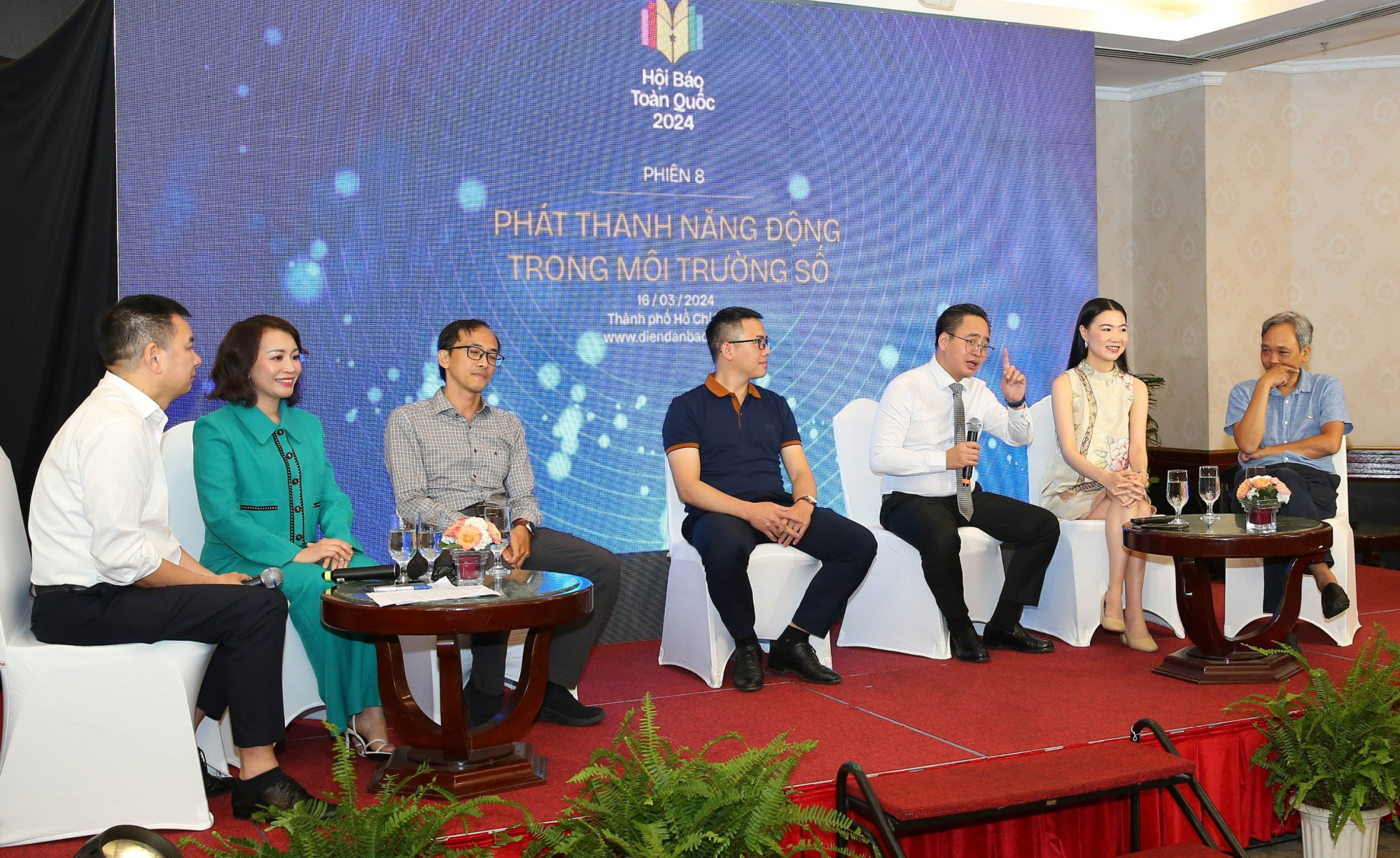
The discussion took place enthusiastically around the issues of radio in the digital age.
MSc. Phan Van Tu emphasized that the skill of today's radio journalists is the production of vodcasts. With vodcasts, the media audience sees the host, guests, and even the visual effects, charts or slides used during the presentation, but the main content of the product is still a radio program.
Vodcasts provide an additional layer of experience for listeners/viewers, allowing them to receive information through both visual and auditory means. With vodcasts, some of the target audiences of traditional radio programs are expanded. To do well in this format, traditional radio journalists also need to practice more broadcasting skills in production as well as product promotion skills on social networks.
Current problems of radio
At the discussion session, Mr. Pham Trung Tuyen - Deputy Director of VOV Traffic Channel , Voice of Vietnam Radio, commented that the digital revolution is essentially a revolution in the method of production and distribution of products, so the only way to survive and benefit from this revolution is for content producers to quickly join the revolutionary wave, and quickly transform the method of production and distribution of content in the direction of maximizing the application of the achievements that the revolution brings.
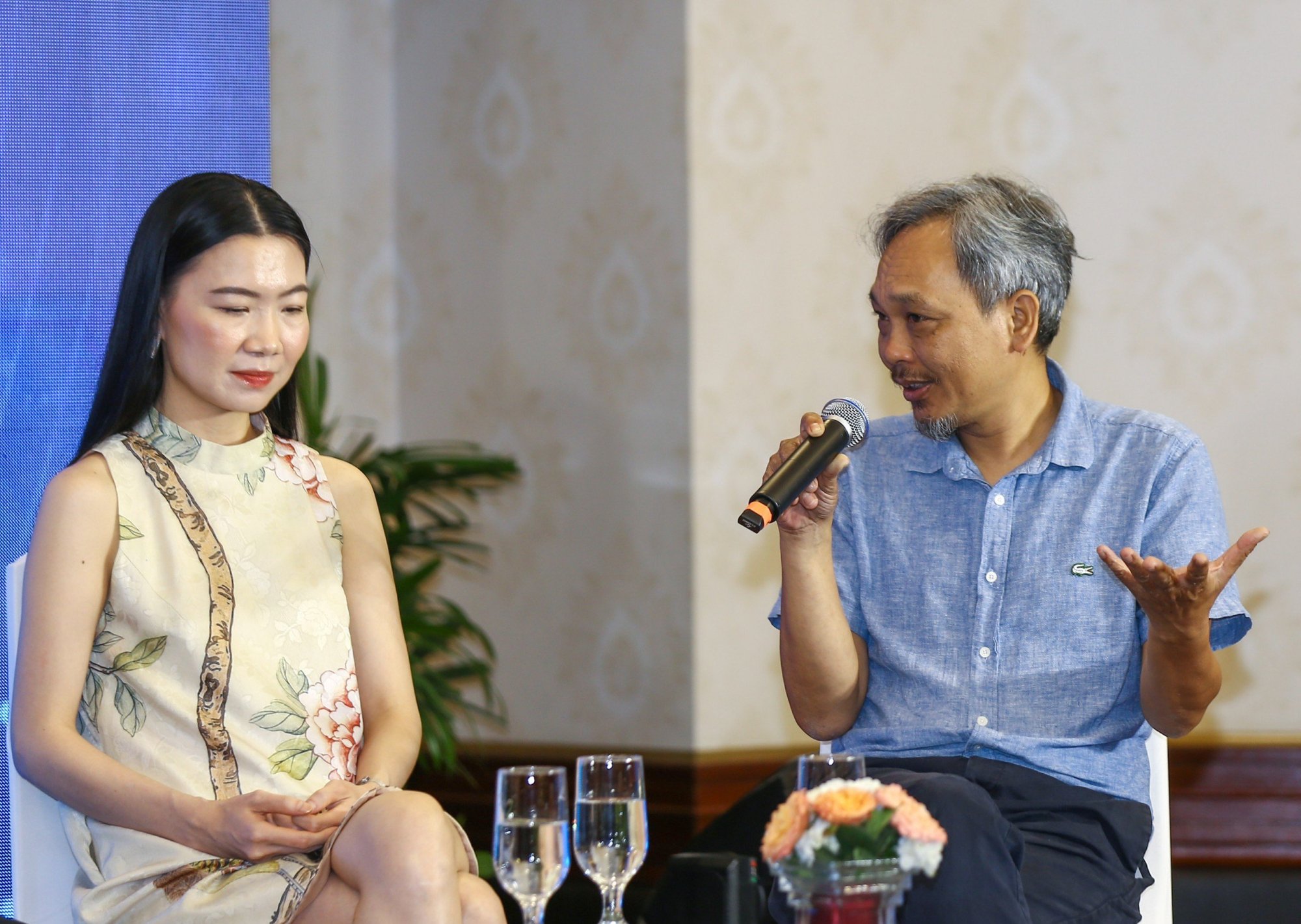
Mr. Pham Trung Tuyen commented that radio is facing great opportunities.
According to Mr. Pham Trung Tuyen, with radio in particular today, there are many opportunities and many tools for radio to develop well. "The interactive story of VOV Traffic in the early days of the channel's launch encountered many difficulties, one of which was arranging people on many routes to make phone calls to deliver news. Now, in addition to receiving information from calls, we receive a lot of information through social networking platforms from comments and messages on fanpages," said Mr. Pham Trung Tuyen.
Sharing the practical experience of Binh Phuoc Radio and Television Station and Newspaper, Ms. Nguyen Thi Minh Nham, Director - Editor-in-Chief of Binh Phuoc Radio and Television Station and Newspaper (BPTV) said that in the context of digital transformation, social network development, the public has many opportunities to choose, so BPTV determined that the content of radio programs must be good, attractive, and performed methodically and carefully to increase the reach of listeners.
Therefore, the content is always new, constantly changing the format, open program format, suitable for the psychology and reception needs of the audience, attractive presentation form, increasing the live production time, creating forums for the audience to directly participate in reflecting, monitoring and sharing, spreading 2-way information. Increase interaction with social networks, audience, listeners with the program and vice versa.
At the same time, promote the program through social networks and digital infrastructure; use social networks and electronic newspapers to promote radio, television and print programs and vice versa.
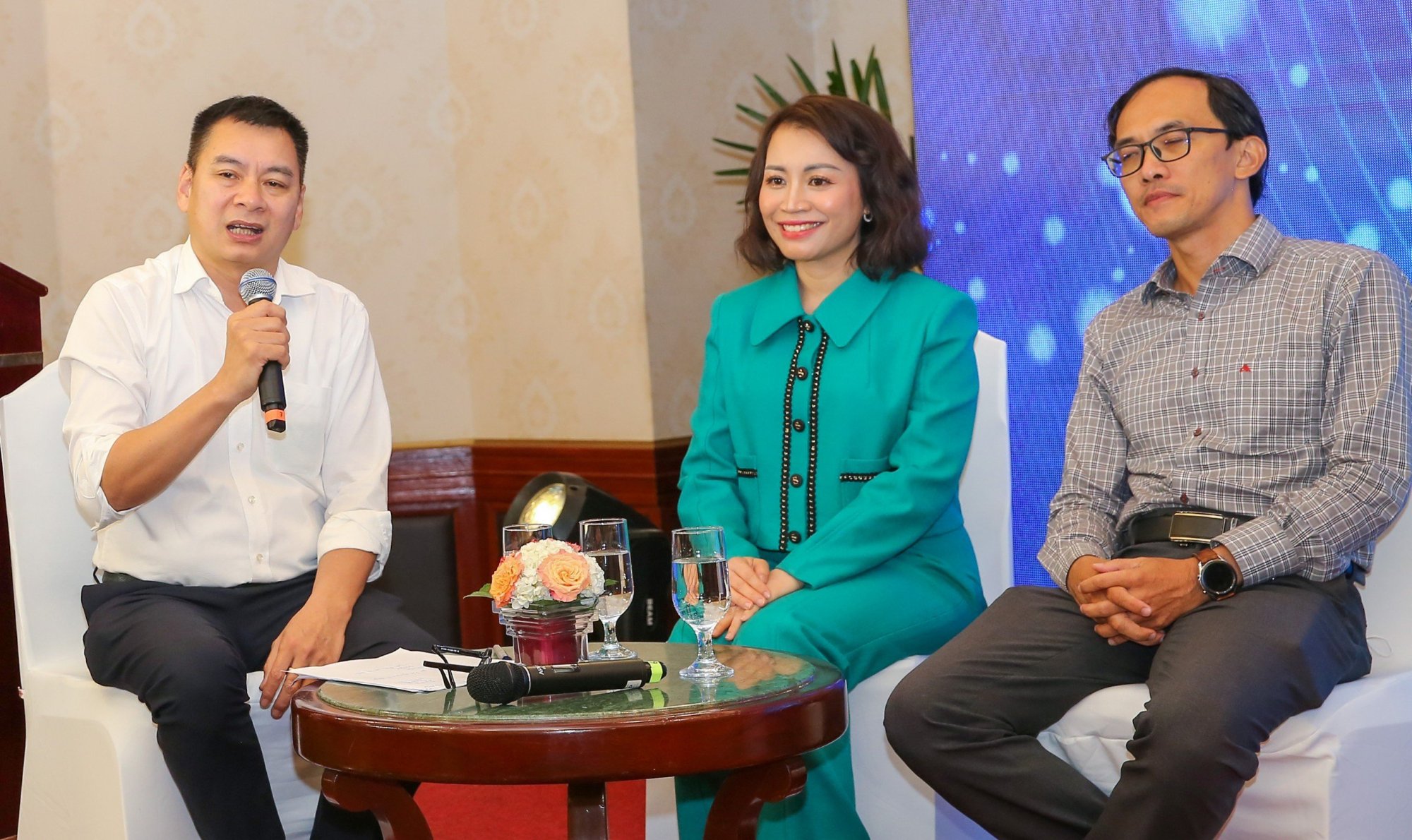
Ms. Nguyen Thi Minh Nham said that BPTV is trying to transform and develop.
Referring to the issues raised by audio products in electronic newspapers today, Dr. Phan Van Kien - Director of the Institute of Journalism and Communication Training - University of Social Sciences and Humanities, Vietnam National University, Hanoi said that radio has two characteristics that determine its strength: the characteristics of liveliness, closeness, privacy, intimacy and convenience. From the two basic strengths of radio mentioned above, the approach to audio products in electronic newspapers and magazines today is problematic.
Firstly, according to Dr. Phan Van Kien, using AI to reread news can reduce human labor and speed up product production, helping to increase labor productivity.
However, using AI with a monotonous voice, without emphasis, without accent, does not bring any emotions to the listener other than simply conveying information from the written text. "Therefore, for this product, the intimacy, privacy, and closeness are almost eliminated. Obviously, with the need to listen to news, the above-mentioned strengths of radio are not necessarily fully utilized. People can still completely use it to convey common daily news information," Dr. Kien assessed.
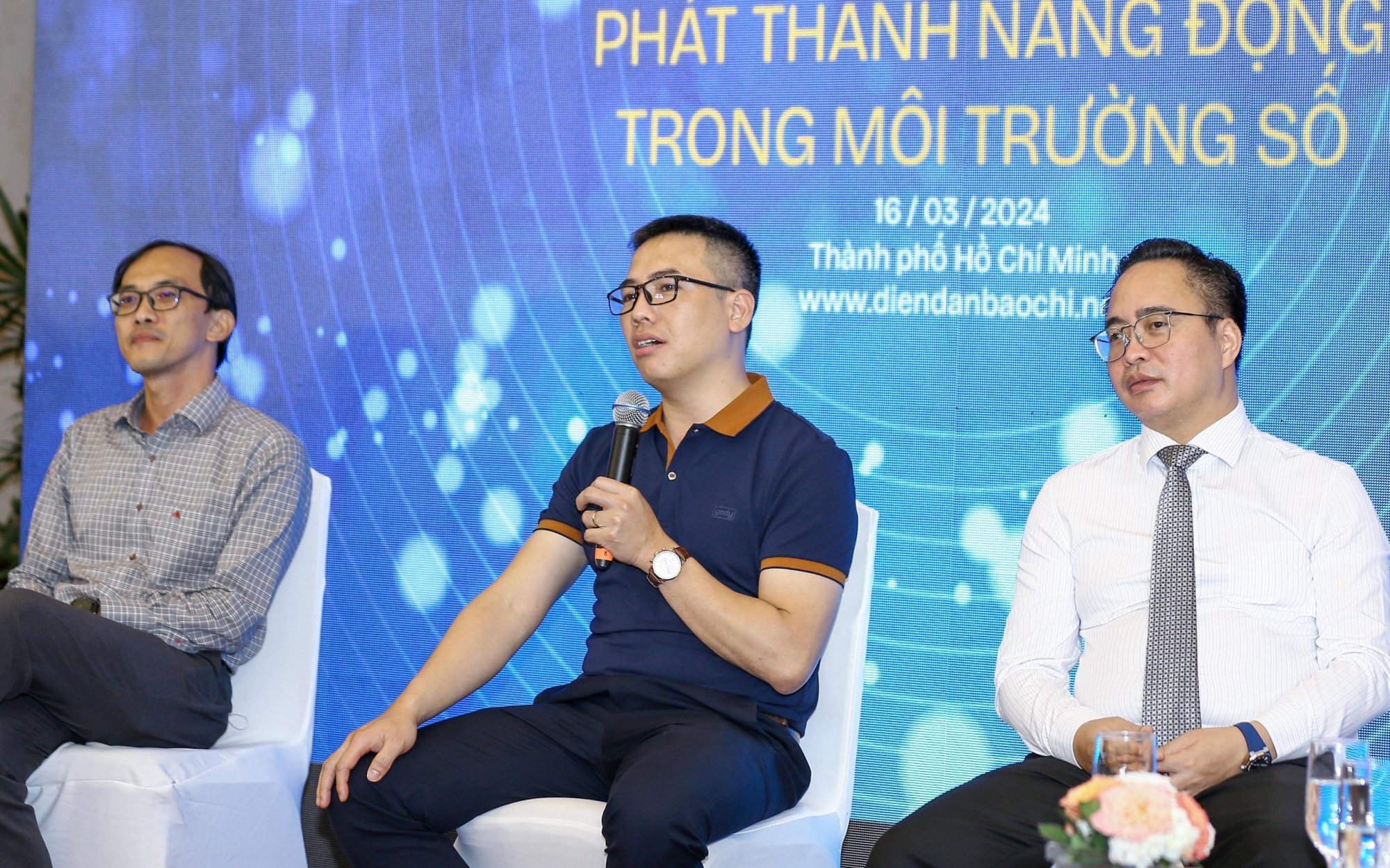
Dr. Phan Van Kien assessed that audio products on electronic press platforms, electronic news sites, etc. have not achieved the same effectiveness as this type of product can have on radio.
Second, Dr. Phan Van Kien said, a clear reality is that if the public has the conditions and time to open a newspaper or magazine, between the options of viewing photos, videos, surfing, reading and listening to audio files, they will choose to view and surf.
Thus, radio as a medium with many strengths in multimedia products becomes a weakness. It only has the nature of contributing to the product to become a multimedia product, as an extension rather than a channel to help reach the public.
"We have not had the opportunity to verify it with quantitative data, although it is not difficult, but I am sure that any editorial office will see that. The same is true for podcasts on electronic newspapers, magazines and electronic information sites. Audio files are pushed up with the article title, illustrative photos, and clearly, listeners will have to open the article to be able to activate the audio file to listen. These two problems make the effectiveness of audio products on electronic press platforms, electronic news sites, etc. not as effective as this type can be on radio waves," Dr. Phan Van Kien acknowledged.
Concluding the Discussion Session, Dr. Dong Manh Hung stated that, with radio, in this era of digital transformation, in addition to having to change the platforms for providing content, not only on the traditional platform of radio broadcasting, but also on digital platforms, it is necessary to continue to innovate both content and form to meet the increasingly new requirements and needs of the public.
Radio has to change if it is to survive, and the digital environment is the perfect opportunity for radio to transform.
PV Group
Source












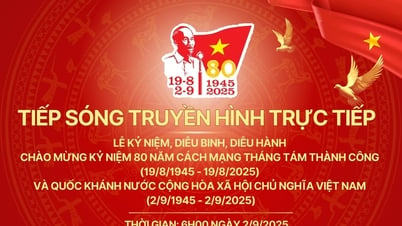

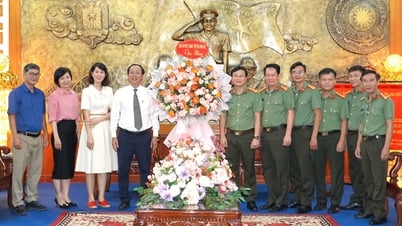


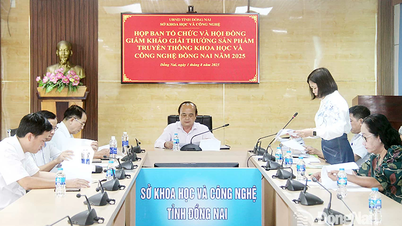





















![[Photo] Keep your warehouse safe in all situations](https://vphoto.vietnam.vn/thumb/1200x675/vietnam/resource/IMAGE/2025/10/1/3eb4eceafe68497989865e7faa4e4d0e)








































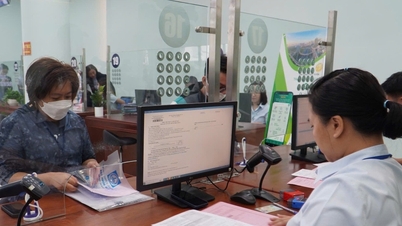


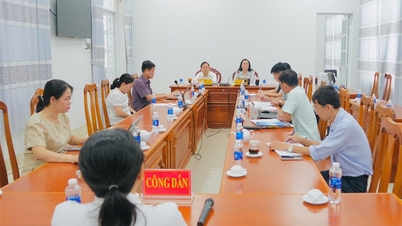
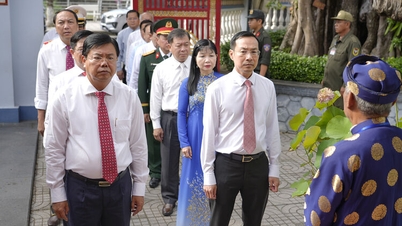
















Comment (0)